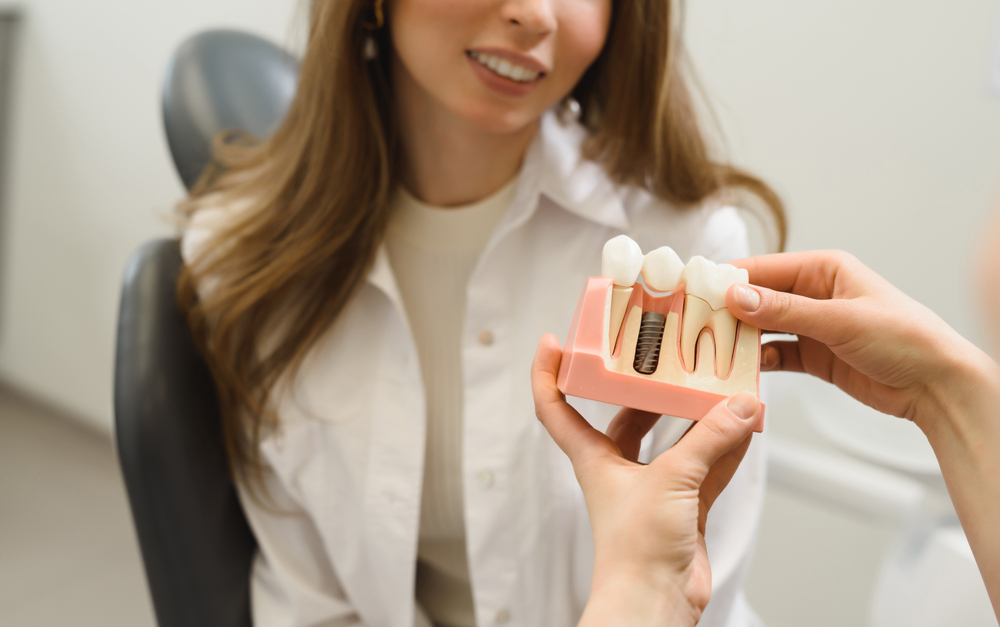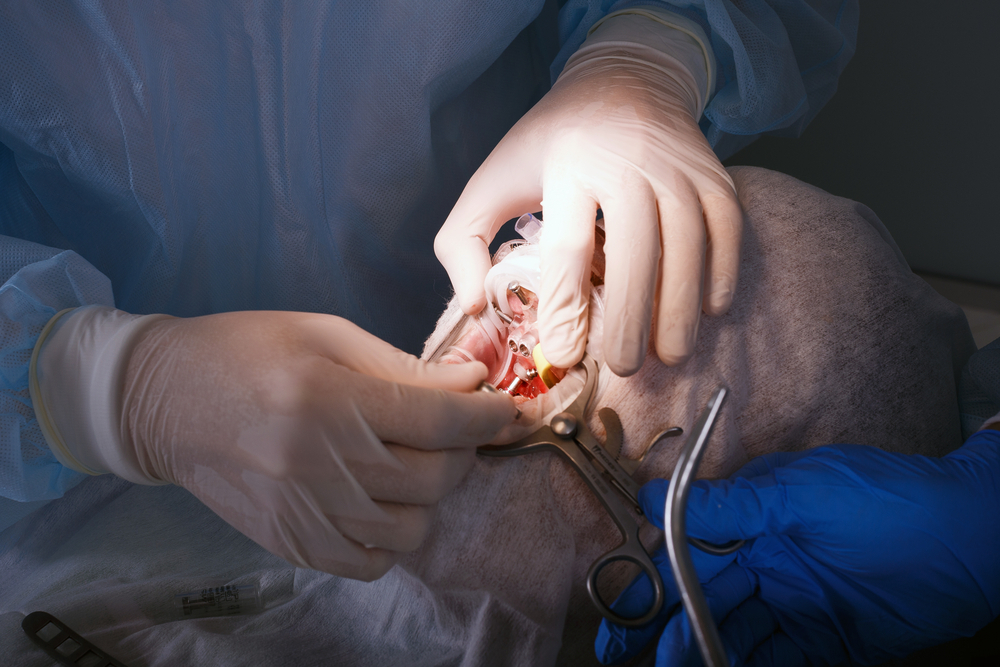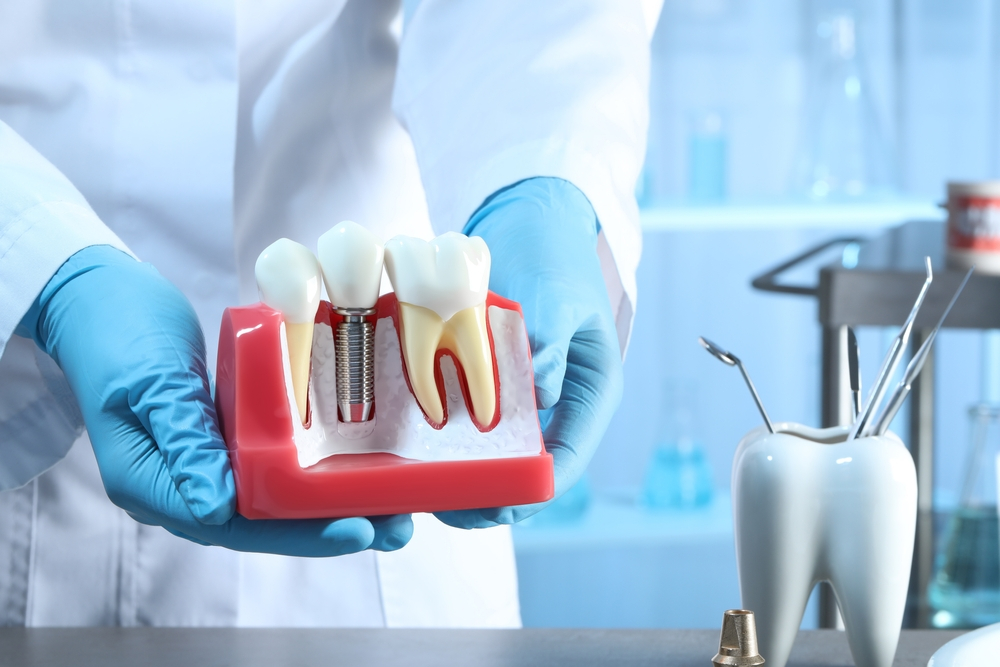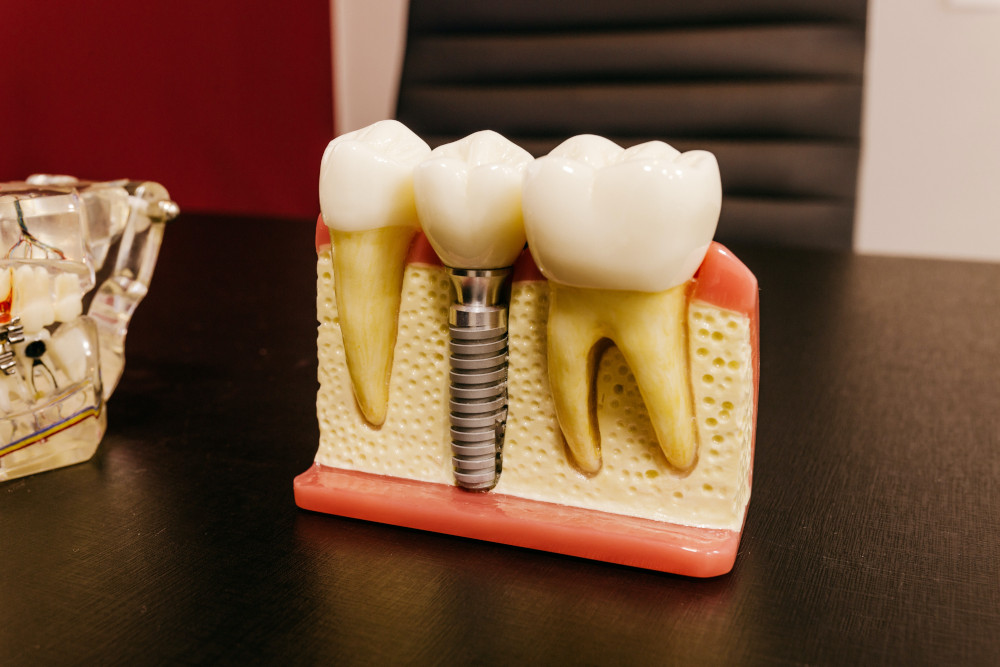
Everything to know about getting dental implants abroad
Tooth loss can happen to anyone at any given time. It is an unfortunate event caused by cavities, gum disease, or accidents. However, there are many solutions to this issue, such as dentures, bridges, and the most popular option, dental implants.
Dental implants provide outstanding results and are the best solution for most cases. Nonetheless, they can be too expensive. However, you can get dental implants abroad for just a fraction of the price.
Dental travel allows you to enjoy a short vacation and save money on dental procedures. You can get the same dental implants your local dentist offers for less than half the cost.
In this article, we’ll explain what dental implants are, why get them abroad, and all you need to know regarding the procedure.
What are dental implants?
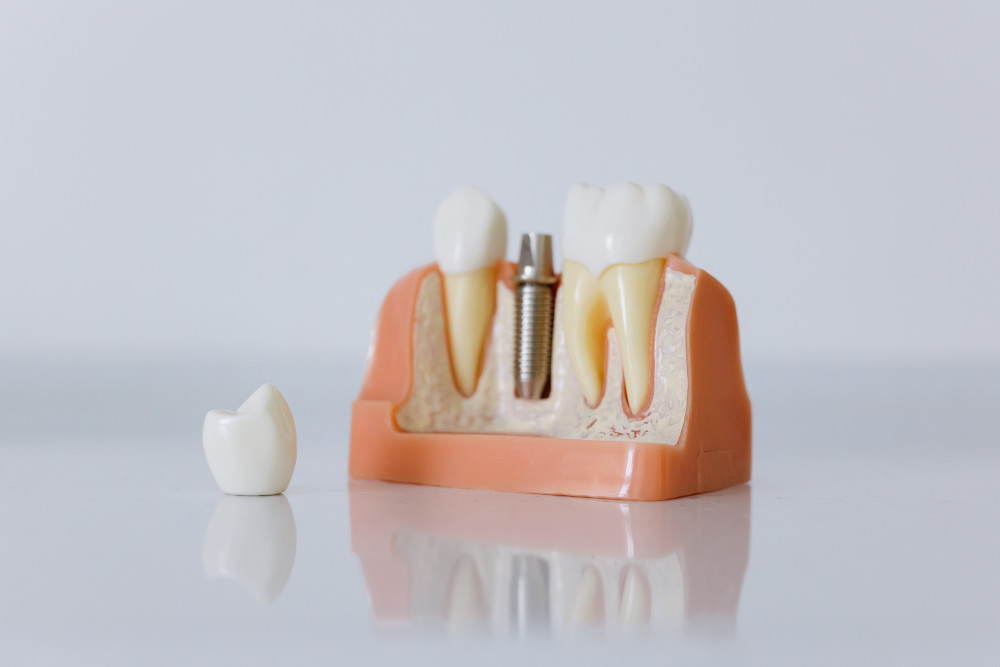
Dental implants are special devices that look like a screw. The dentist places them inside the bone in the space left behind by the missing tooth. Their main goal is to act as a tooth root and serve as a base for a dental crown or bridge.
Dental implants are made from titanium or zirconia. These materials are highly biocompatible, so they are not likely to cause allergies or implant rejection.
Unlike other alternatives, having a dental implant almost feels like having your natural teeth back. This benefit turns implants into the most comfortable solution.
However, it is essential to know that a dental implant only refers to the screw-like appliance drilled inside the bone. The crown, placed on top of the implant, is a separate element.
The rate of failure with dental implants is rare. The crown on top of the implant may wear down over a decade or more, but it can last significantly longer with proper care. The implant itself is permanent.
Dental implants benefits
Dental implants are a great solution and offer many benefits, such as:
- Improve your appearance
- Improve your oral health
- Restore your ability to chew food properly
- Prevent the bone from shrinking
- Boost your self-esteem
- Prevent teeth from shifting after losing a tooth
Why is dental travel the best alternative?
Most prosthetic treatments, such as dental implants, are not affordable. They involve expensive equipment and multiple dental appointments.
However, dentists in some countries offer the same treatment for more affordable prices. Furthermore, they have the same expertise and use the same equipment and devices.
The lower charge is due to the country’s lower cost of living. Therefore dentists can earn enough money to live comfortably while offering their service for a lower price.
Moreover, buying a plane ticket to enjoy a short vacation and get your treatment abroad can cost less than just getting the implant at your local dentist.
What do you need to get started?
The first thing to do is research. There’s information online about multiple dentists and dental clinics offering dental implant treatment.
Look at their academic background, expertise, and experience. You can also reach out directly and ask any questions you might have. However, choose a recognized dentist or clinic to ensure the best experience possible.
Once you have made an appointment, everything left is to plan your short stay. Booking your flight and hotel in advance can also help you save some money.
How long does the procedure take?

Dental implant treatment usually takes several months to complete and involves two surgeries. Nonetheless, the time frame depends on your unique case characteristics.
The first step of the treatment consists of planning. It usually takes only one dental appointment. During this step, the dentist thoroughly evaluates your case to design the plan and best course of action using x-rays, a CT-Scan, and a dental impression.
Afterward, the dentist performs the implant placement surgery on a second appointment. Then the implant is drilled inside the bone using special tools. Lastly, the dentist covers the implant with the gums.
You must wait 4-8 months after the surgery for the implant to fuse with the bone. Therefore, you can return home and come back later for the next part of the treatment.
Once the implant fuses with the bone, the dentist performs a second surgery to expose the implant. Afterward, the dentist screws the implant with a specific healing abutment tool. This tool helps the gum heal appropriately before placing the crown.
Lastly, the dentist replaces the healing abutment with a different one that serves as a base for the dental crown. With this done, the dentist can take a dental impression to make the crown and fix it to the implant at another appointment.
Different types of implants
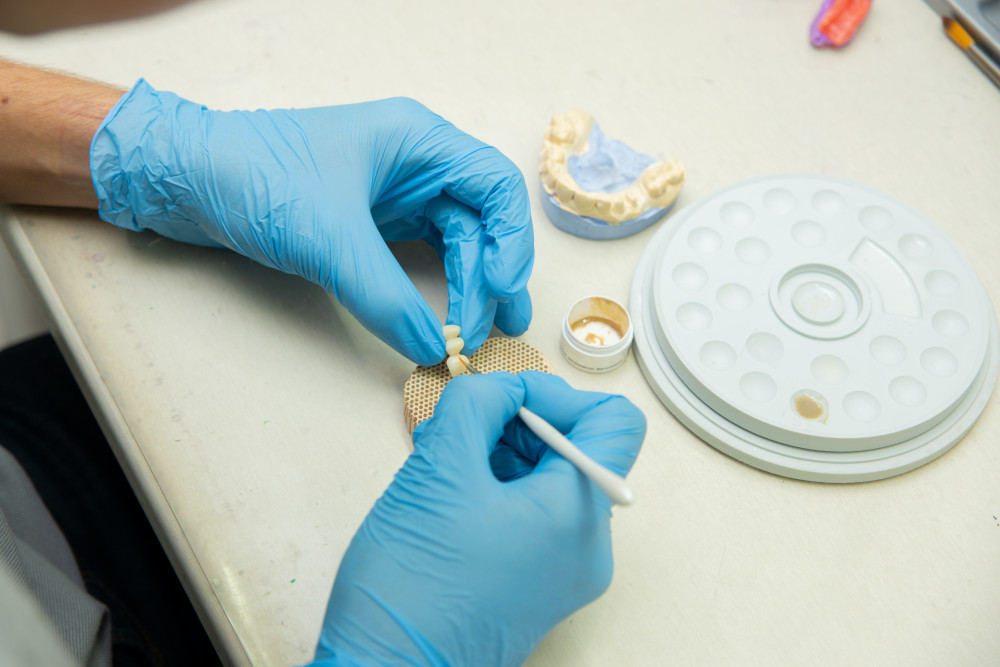
There are many brands and types of implants with many characteristics. However, they can be divided by the materials they are made of and the kind of system.
By materials, dental implants can be made of titanium or zirconia.
| Titanium | Zirconia |
| Traditional alternative | Contemporary alternative |
| Highly biocompatible | Even more biocompatible than titanium due to the lack of metal particles |
| Wide variety of implant designs to work on any situation | Limited variety of implant designs. It is not suitable for every case. |
| Gray color. It can show through if the gums recede | White color. It won’t cause any aesthetic defects if the gums recede |
On the other hand, dental implants can be a one-piece or a two-piece system:
| One-piece system | Two-piece system |
| The implant and the abutment are fixed together and can’t be separated | The implant and the abutment are separate elements that the dentist screws together |
| Allows placing a temporary restoration on the same day of the implant placement surgery. However, bone quality must be optimal | A temporary restoration can’t be placed until the second surgery is performed |
| Not everyone is a good candidate | Most people are good candidates |
| Can’t be used in complex cases | Can be used in any case regardless of the complexity |
Although there are many different options, your dentist abroad can help you choose the best alternative for your case. Dental travel is all you need if you want to improve your smile with implants and achieve your dream smile.
Aftercare
You should maintain a soft diet on the first days after both surgeries to prevent injuring the area by accident. Also, you should avoid drinking alcohol and smoking after surgery. These can both interfere with the healing process and prolong recovery.
Brushing your teeth regularly while the surgery area heals is critical. Just be cautious when you brush your teeth close to the zone.
You can eat as usual after the crown is placed over the implant. However, avoid biting strong on hard food with it to decrease the chances of chipping or breaking it.
The recovery time after implant surgery is relatively short. Although it takes months for the implant to fuse with the bone, the area tends to heal after a week. Therefore, you can resume your usual diet after around seven days.
Lastly, although it is a prosthetic tooth, you must maintain good oral hygiene. Plaque can build up around the crown, and bacteria can affect the implant, causing the treatment to fail. Thereby, flossing and brushing are vital to prevent issues with the implant.
Why you shouldn’t wait longer to get the implants you need?
A series of changes happen in your mouth after you lose a tooth. First, the teeth close to the empty gap begin to shift and move to fill the space. The tooth on the opposite dental arch can also extrude.
Furthermore, the bone in the toothless area begins to shrink and lose density. All these issues worsen over time and complicate the case. Moreover, you might even need a bone graft if you wait too much to get your dental implants.
Start Your Tooth Trek Today!
Join the many other people from the USA and Canada traveling abroad for dental care. They have learned this secret about getting affordable dental care and having an incredible time.
Reach out for a free consultation with our network of dentists.
References:
- Apratim, Abhishek, et al. “Zirconia in Dental Implantology: A Review.” Journal of International Society of Preventive and Community Dentistry, vol. 5, no. 3, 2015, p. 147., https://doi.org/10.4103/2231-0762.158014.
- Colgate. “Zirconia vs. Titanium Implants: Which One Is Right for You? Oral Care: Colgate®.” Oral Care | Colgate®, 15 Sept. 2022, https://www.colgate.com/en-us/oral-health/implants/zirconia-vs-titanium-implants-which-one-is-right-for-you.
- Dhinakarsamy, V, and RaghavendraS Jayesh. “Osseointegration.” Journal of Pharmacy and Bioallied Sciences, vol. 7, no. 5, 7 Apr. 2015, p. 228., https://doi.org/10.4103/0975-7406.155917.
- FDA. “Dental Implants: What You Should Know.” U.S. Food and Drug Administration, FDA, 29 Oct. 2021, https://www.fda.gov/medical-devices/dental-devices/dental-implants-what-you-should-know.
- Frisbee, Evan. “Dental Implants: Surgery, Advantages, Risks, and Insurance Questions.” WebMD, WebMD, 30 July 2021, https://www.webmd.com/oral-health/guide/dental-implants.
- Prithviraj, D.R, et al. “One-Piece Implants: Placement Timing, Surgical Technique, Loading Protocol, and Marginal Bone Loss.” Journal of Prosthodontics, vol. 22, no. 3, 17 Apr. 2012, pp. 237–244., https://doi.org/10.1111/j.1532-849x.2012.00928.x.

